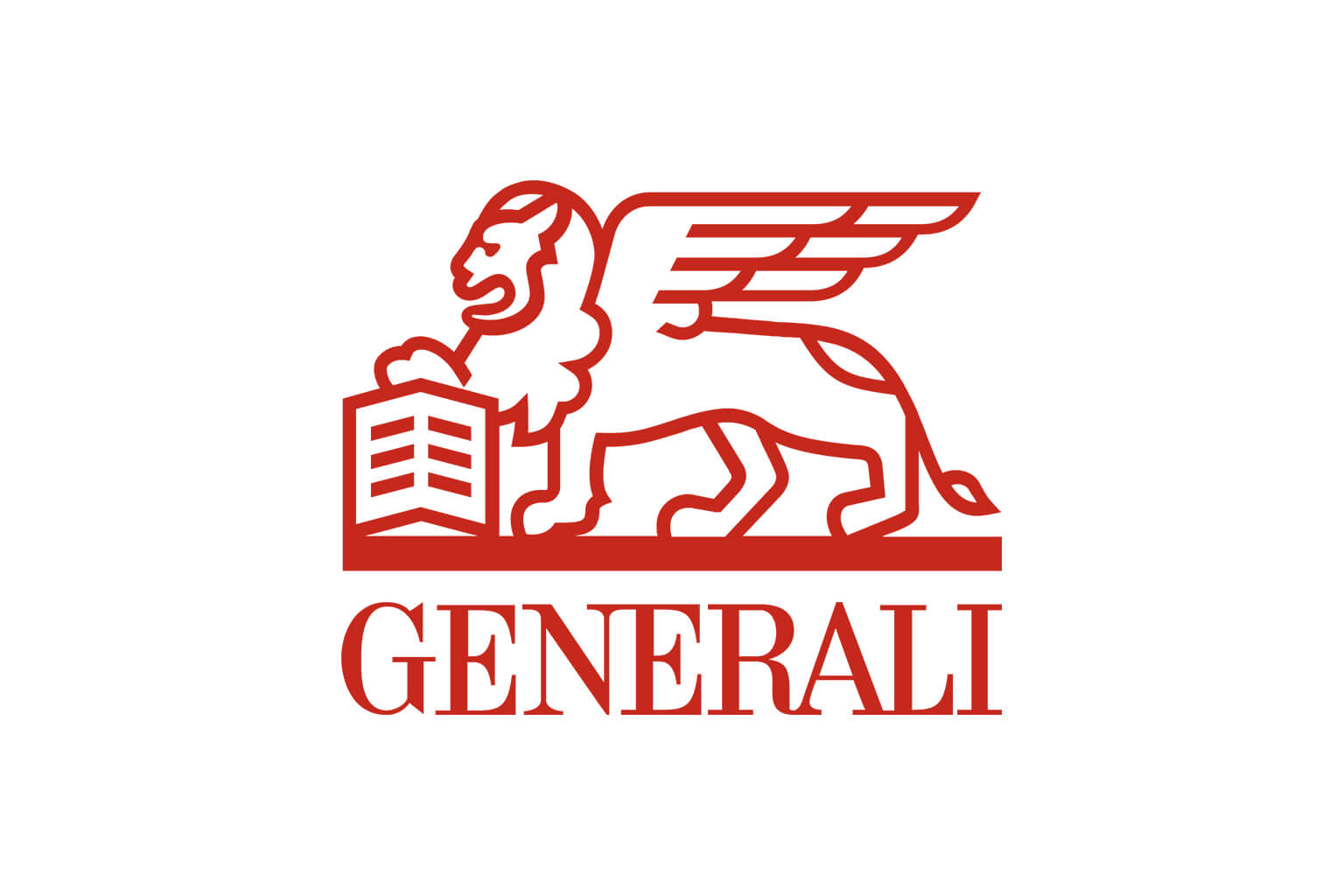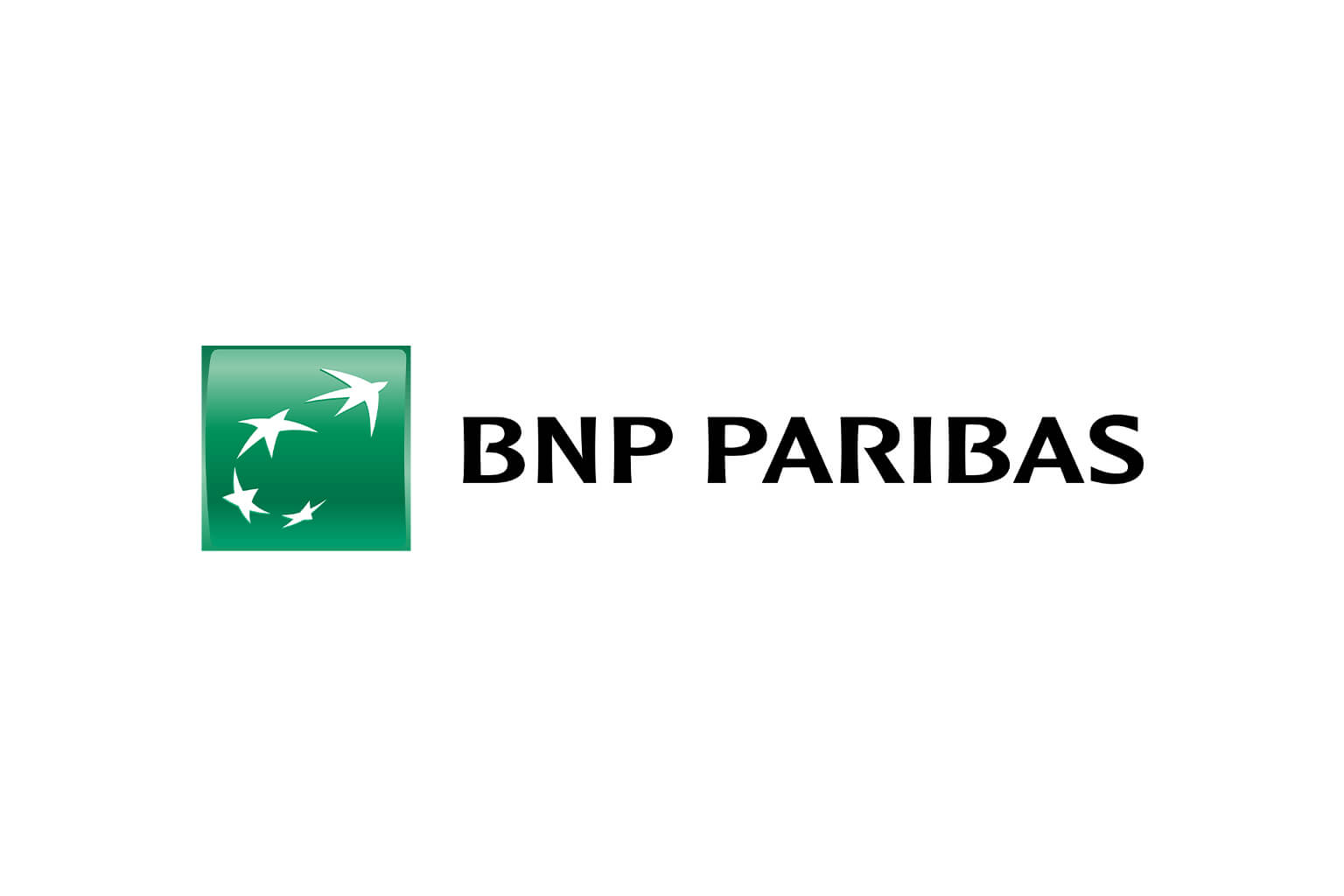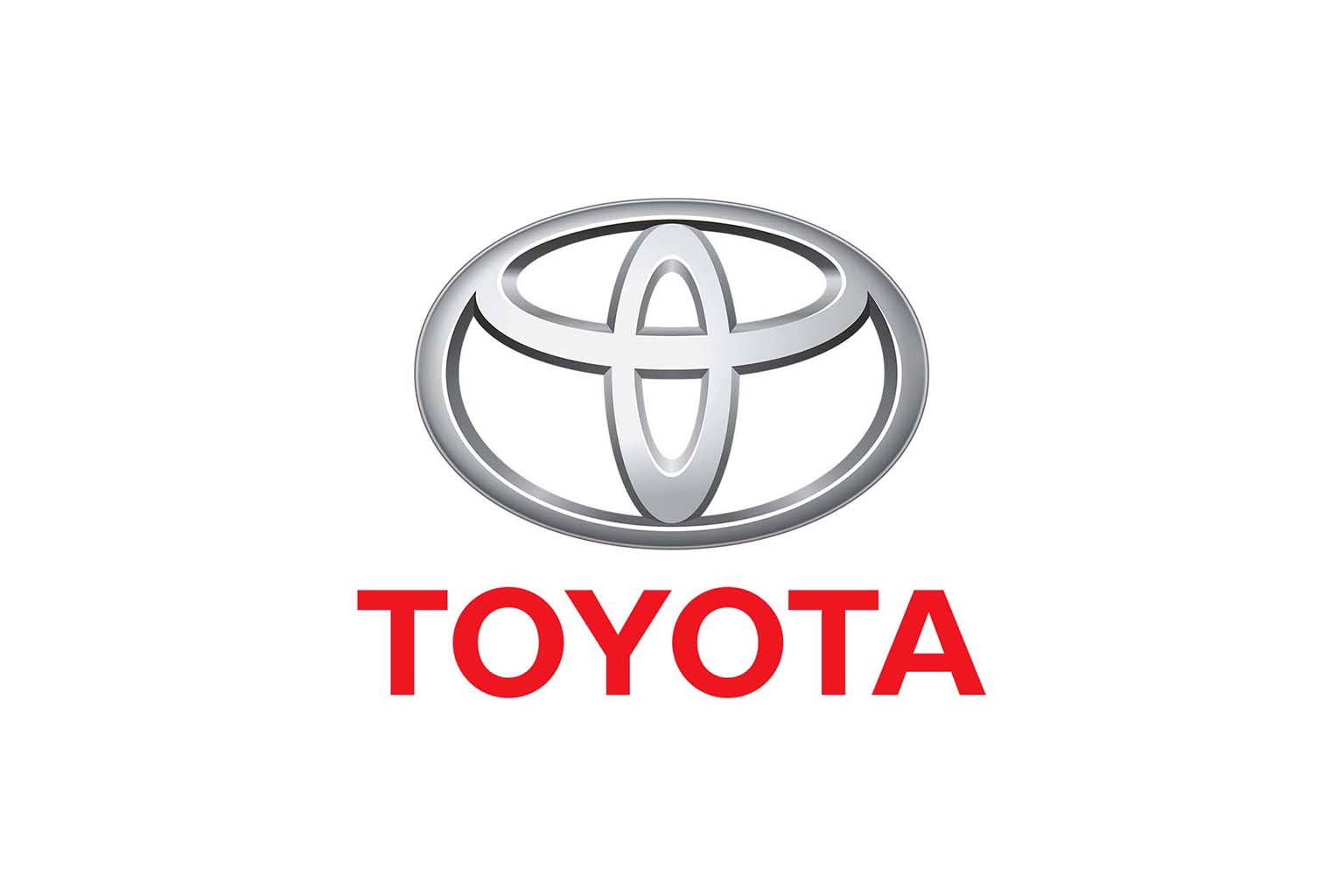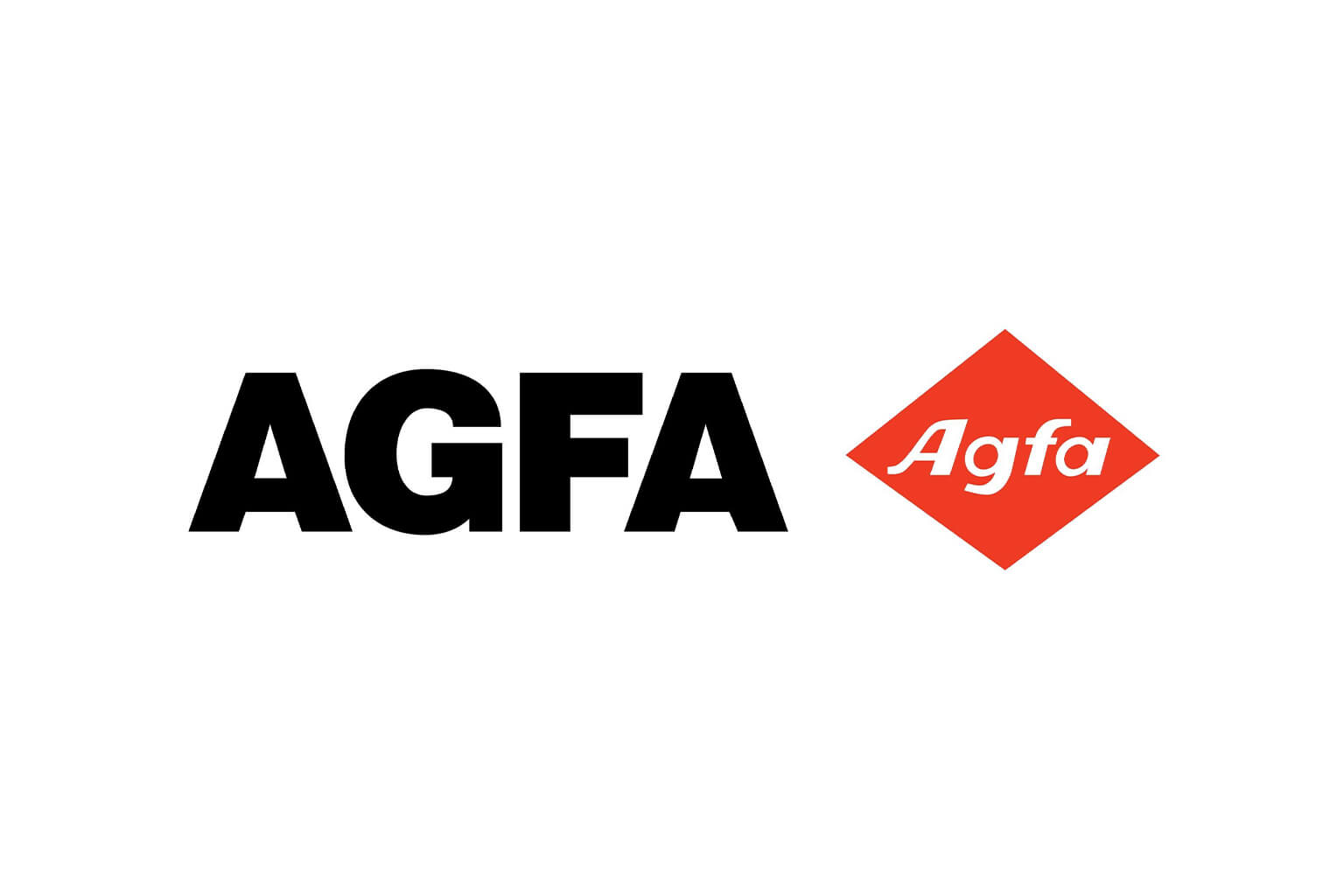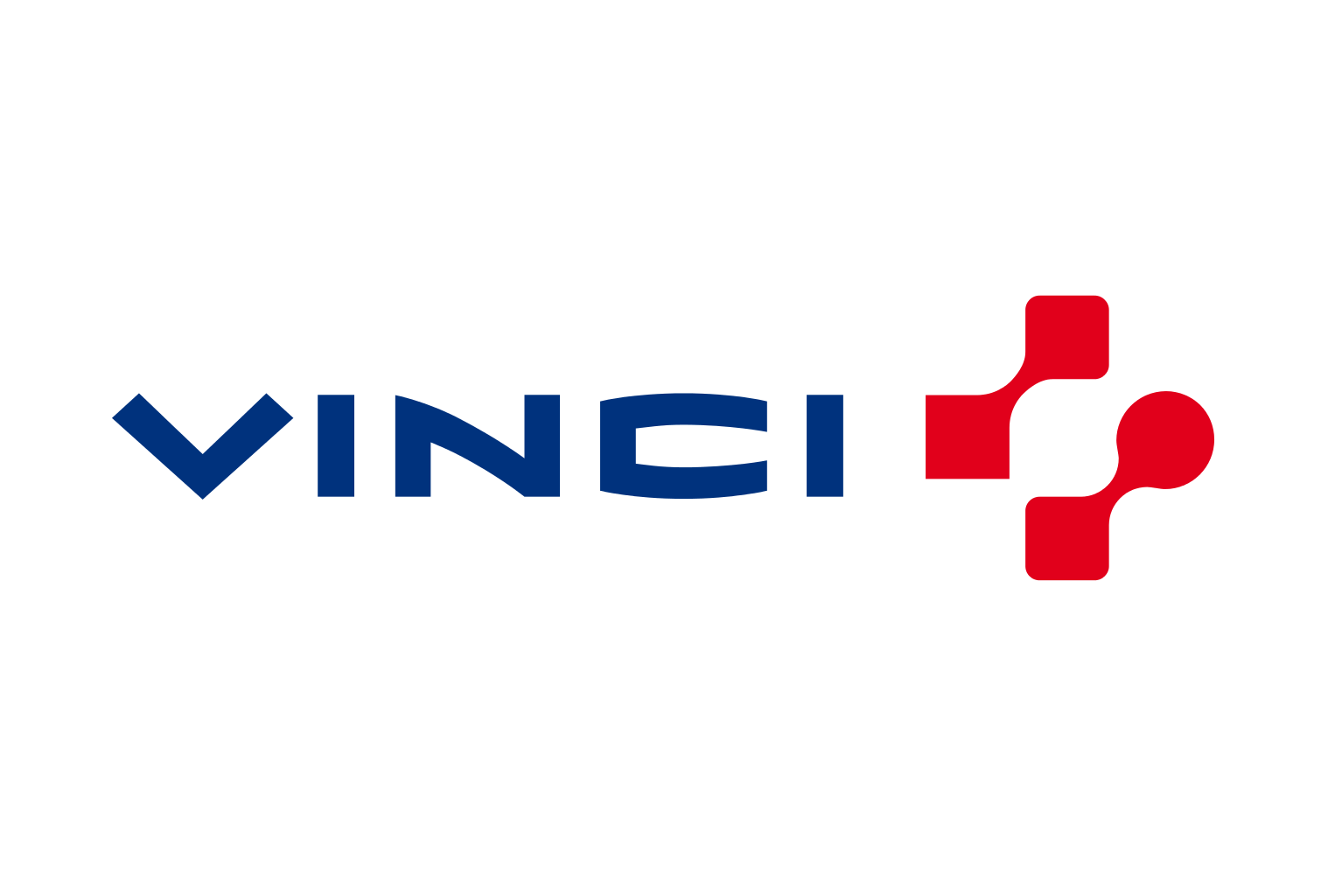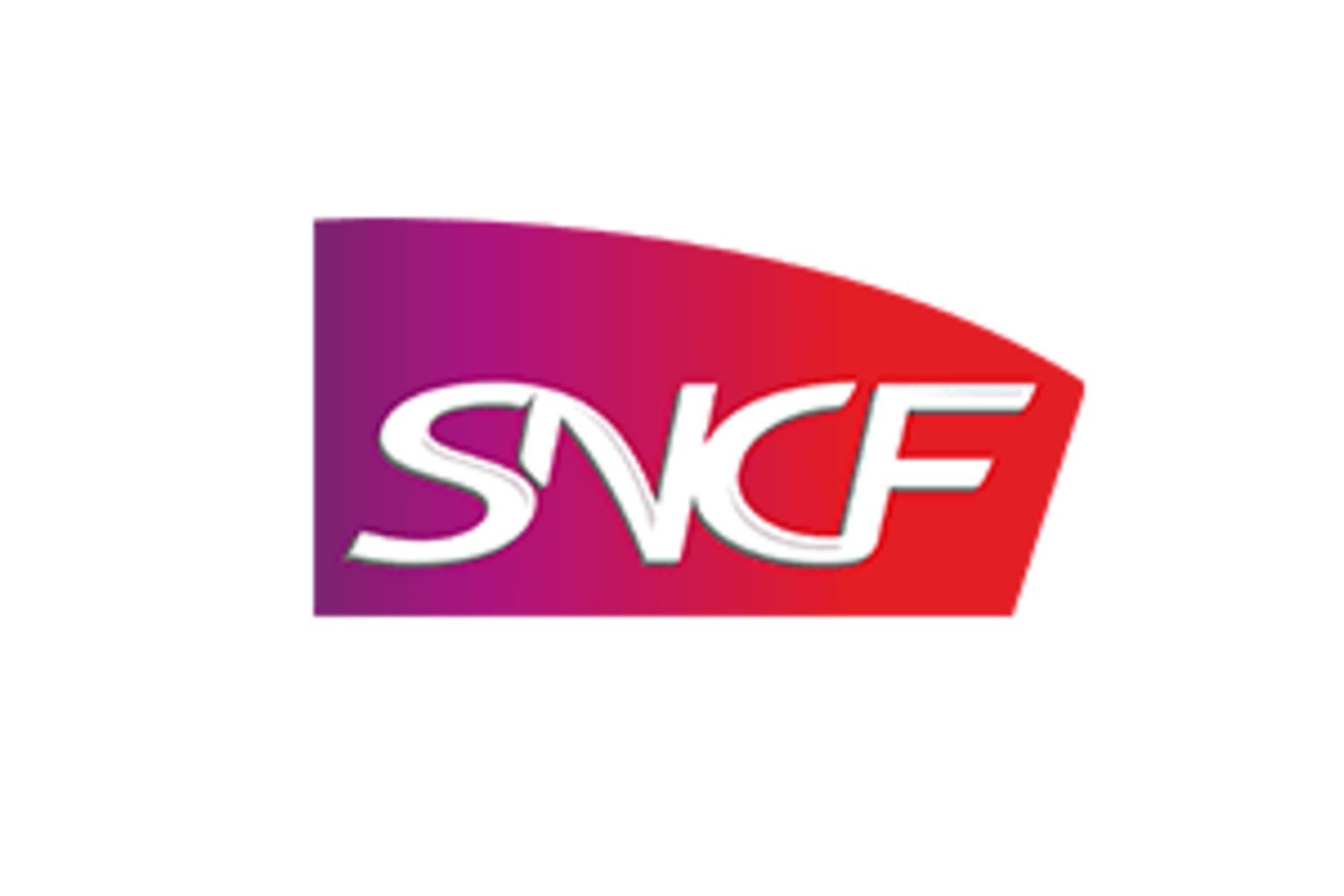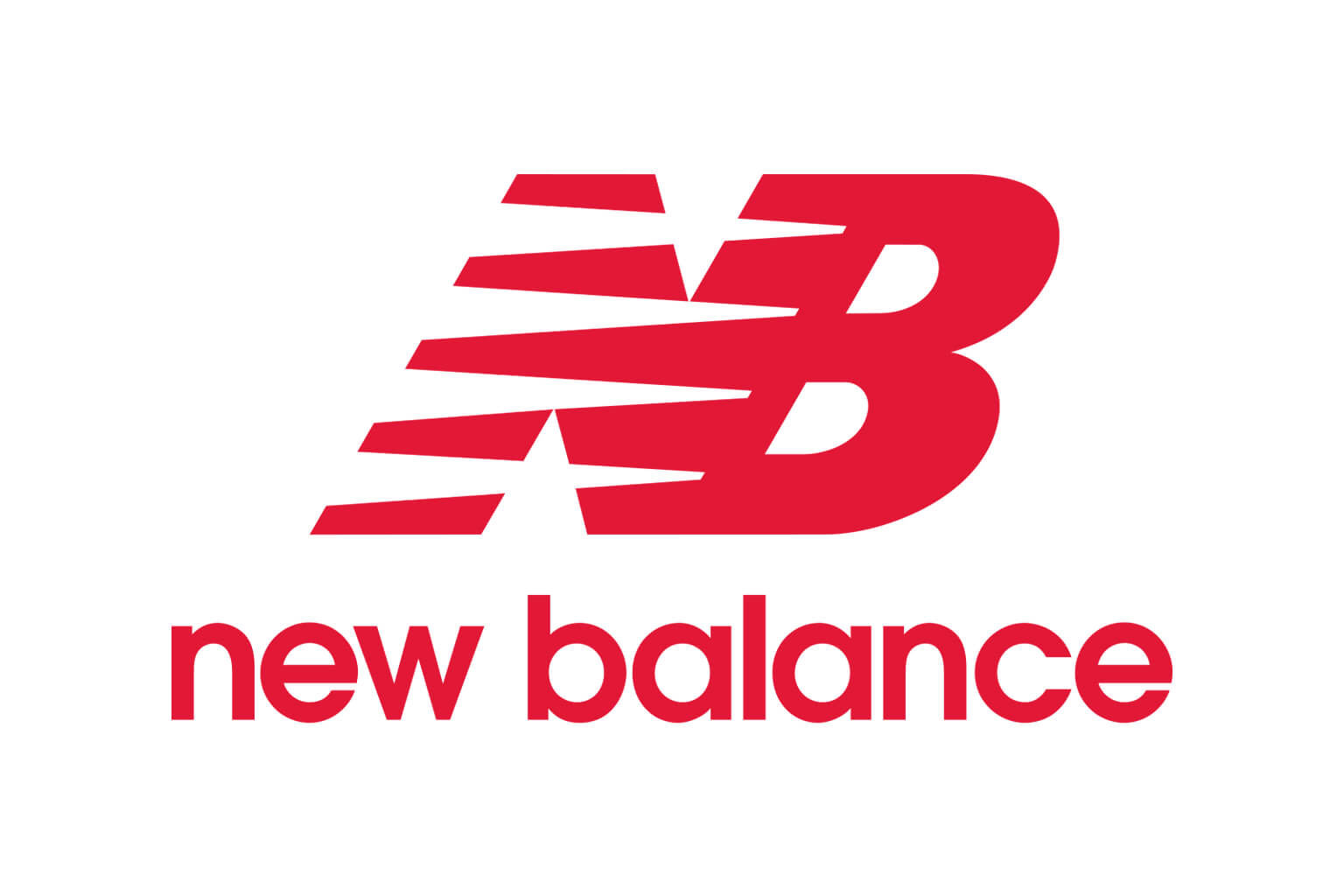Transform how you manage your core financial processes with Wolters Kluwer’s leading AI-powered platform. Designed to empower finance teams with real-time insights, CCH Tagetik is your end-to-end corporate performance management (CPM) power center.
Streamline your entire CPM process: From financial close to planning and analytics, CCH Tagetik simplifies every stage of your financial workflows. Whether it's automating manual tasks, improving forecasting accuracy, or ensuring timely reporting, drive efficiency and precision with a truly intelligent platform.
AI-Powered insights for better decisions: With advanced predictive analytics and AI-driven automation, CCH Tagetik enables your team to optimize consolidation and forecast with greater accuracy so you can focus on strategic initiatives that move the needle.
Connect data, align teams, and drive results: CCH Tagetik integrates seamlessly with people and software across your organization. This centralized approach ensures everyone—from finance to operations—works from the same data, improving alignment, collaboration, and the overall quality of decision-making.
Ready for the future of finance?
Discover how CCH Tagetik can empower your team with the AI-powered tools they need to succeed in today’s financial environment. Schedule a product tour and see firsthand how CCH Tagetik can transform your financial outcomes.
Intelligent solutions




CCH® Tagetik Academy
The Global Academy elevates the CCH Tagetik education of our Customers with a global schedule of courses, bootcamps, workshops and live webinars. Our purpose is to efficiently
on-board new talent, provide ongoing enablement and ensure continuous learning.
Let's start your finance transformation
-
What is Performance Management?
Performance Management, similar to Corporate Performance Management, is an umbrella term that looks at a company’s performance and whether departments are living up to goals, targets and standards. It seeks to identify what’s working… and what’ not.
According to Gartner Research, “CPM [Corporate Performance Management] is an umbrella term that describes the methodologies, metrics, processes and systems used to monitor and manage the business performance of an enterprise. Applications that enable CPM translate strategically focused information to operational plans and send aggregated results. These applications are also integrated into many elements of the planning and control cycle, or they address BAM or customer relationship optimization needs. CPM must be supported by a suite of analytical applications that provide the functionality to support these processes, methodologies and metrics.”
Performance management seeks to align departments, product lines, resources, systems and employees to strategic objectives and corporate priorities. It is a critical function for companies who are looking to proactively make decisions. The ability to perform business calculations, play out what-if scenarios, forecast, plan and create accurate budgets largely depends on a business’ ability to collect and understand performance data. In the age of big data, increasingly global markets and increasing digitization of the world, performance management is essential to a company’s ability to organize, match and report on performance across a company. -
What is gap analysis in business?
From present state to target state, gap analysis asks the question, “How do we get there?” In other words, it’s the process of determining where a business is, where it wants to be and how to get there. Also known as a needs assessment, gap analysis follows the following inquiry pattern:
- Present state: What area, product, financial or process do you want to improve?
- Target state: What do you want that area, product, financial or process to look like in the future? What’s your goal?
- Identifying the gap: What is preventing you from getting there? What areas, resources and capabilities that are lacking?
- Filling the gap: What are all the possible solutions that will enable you to reach your target state?
Implicit in gap analysis is a company’s ability to successfully conduct variance reporting, KPI reporting, business modelling, driver-based planning, allocations, what-if analysis and scenario playing, and access benchmarks, real-time data and historical data.

